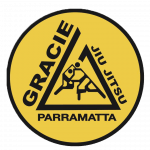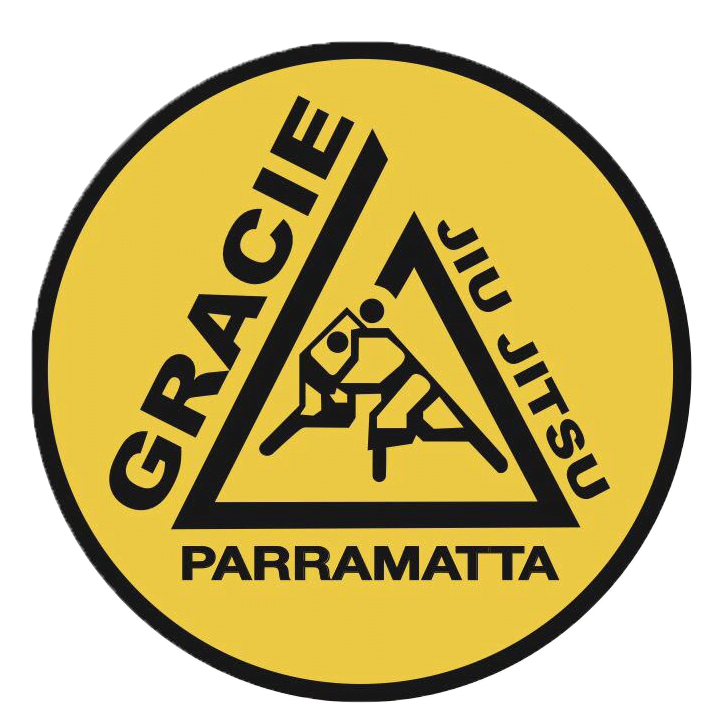Ask and you shall receive
FAQ's
A Gi also known as a Kimono is the heavy cotton Jiu Jitsu uniform, although they come in many colours, we only have white and blue Gi’s.
In a Gi class the uniform is gripped and can be used in many techniques, adding to the complexity and variety of techniques available.
There is often much conjecture about Gi vs No Gi, our viewpoint is that it’s essential to do both.
The No Gi unifrom is a tight fitting rash shirt and pocketless shorts or tights. Grabbing of cloth is forbidden.
General Gi or General No Gi classes form the bulk of our classes. We think General Classes are the best environment to learn Jiu Jitsu in.
In a General Class you can have Novices to Seasoned trainers all mixing it in. The advantage to this kind of class is the more experienced person can help guide the newer person, speeding up their development.
If you are the newer person, do not worry, the person helping you will get a lot out of helping you by reviewing and slowing down techniques they might already know.
The other thing to remember is that one day it will be your turn to pay it forward and help the new person too!
This class is where we slow it right down, spending more time to focus on the details. This class has lots of drilling to make sure you are getting the technique right.
The big difference with this class and General Classes is that there is no Rolling in this class. Rolling is the free sparring section, usually at the end of the class.
Although most classes at Gracie Parramatta have an abundance of female participants, we have added the Women’s Class to broaden the accessibility to more people to practice Jiu Jitsu.
The class is there for those who either through cultural or religious reasons or just the thought of sweaty males is too much to think about.
This is where to go to get ready for competitions, or to see what competition is all about or just to get some hard training in.
The class focuses more on tactics, rules and mindset than just techniques. We highly recommend competing as a tool for self improvement and encourage all members to try a competition at least once.
Takedowns, or throws are an often neglected aspect of Jiu Jitsu training. Though takedowns can be tough on the body they are an essential aspect of training Jiu Jitsu.
We recommend once a student is getting confident with the basics they add takedowns to their tool set.
Arguably one of the most important classes we offer. In this class we apply our Jiu Jitsu techniques with a self defence mindset. We pressure test ourselves in different scenarios where a person is trying to strike us.
The class is structured around real world situations, where we start off with light resistance and increase it until we are comfortable at 100% resistance.
A shortened 45 minute class designed for the busy person, who still wants to get their classes in. The class is just the technique part of the class, after the class is the open mat, where if you have time you can get some rounds of rolling in.
In Jiu Jitsu, arguably the best part of the class is the free sparring at the end, known as rolling. Here you get to practise your techniques against a fully resitenant training partner.
There are many variations of rolling from light to 100%, or flow or positional sparring. As a beginner you are not expected to know how to roll, but your training partners will guide you along the way. Don’t be afraid to ask questions!
The kids program is divided into 3 groups. The groups have broad age guides with overlaps between them. The reason for the overlaps is to make sure that each child is comfortable in their class.
Progression to the next class is managed organically, either the child needs a challenge and asks to go to the next class or the coach will gently coax the child into the next class. We treat each child individually and as a work in progress, we discourage comparing one child to another.
In the Kids program we will have a focus on self defence, anti bullying and confidence building.
We follow the IBJJF belt system, with everyone starting at white belt, progression is indicated by white stripes placed on the black bar of the belt. Four stripes will indicate the student is ready to grade for the next belt. A diligent student who trains two to three times per week could expect to change belts in a year. We have formal exams that will require practice in the weeks before the exam.
We also encourage the students in the Kids Program to compete a couple of times per year in external competitions.
Little Kids (4-8 year olds), in this class they will learn the basic structure and protocols of a Jiu Jitsu class. There is a strong focus on gross motor skills. They will learn how to takedown someone to the ground, control them and some simple submissions.
Big Kids (6-12 year olds) This class will focus on gross motor skills as well as some fine motor skills. Here they will learn how to control an opponent but also how to escape, the two opposing skill sets will help them constantly look to improve. In this class we also look to develop resilience and we will start to push them harder as individuals, with higher expectations and goal setting.
Teens Class (11-16 year olds) This class is essentially a bridge into the adults program, the older teens will be encouraged to attend some adult classes, while still training in Teens Class. Eventually over time the student will outgrow the Teen Class at their own pace. There is a much higher expectation in this class, as we start treating them as young adults. A very competent Teen might be eligible for the first Adult belt, Blue at 16 years of age.
Warm Up (5-10 minutes)
Classes always start with a warm up, that will get your body ready to move. Most classes will use some of the movements below. The movements are selected as they get your joints ready to move and some are important for “prehab”.
Technique (20-40 minutes)
This is the main section of the class. Classes will generally have one or two techniques taught per class, each technique is broken down into two to three sections to make it easier to learn the details. Once you get the rough idea of the technique, you will then practice it against increasing levels of resistance. This type of training is commonly known as Drilling.
Rolling (15-30 minutes)
In Jiu Jitsu, arguably the best part of the class is the free sparring at the end, known as rolling. Here you get to practise your techniques against a fully resitenant training partner.
There are many variations of rolling from light to 100%, or flow or positional sparring. As a beginner you are not expected to know how to roll, but your training partners will guide you along the way. Don’t be afraid to ask questions!
Class usually has 3-6 rounds of rolling, if you do need to rest, sit against a wall, with your legs tucked under you.
Bright lights, mostly LED
Fans, low noise
Fridge, low hum
Music, played in some classes
Traffic noise from James Ruse Drive
Noisy Kids, usually before and after Kids Classes
Disinfectant, we use a high grade hospital disinfectant with a floral scent


